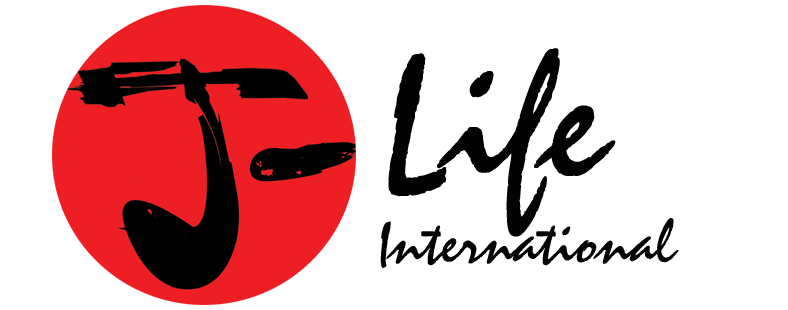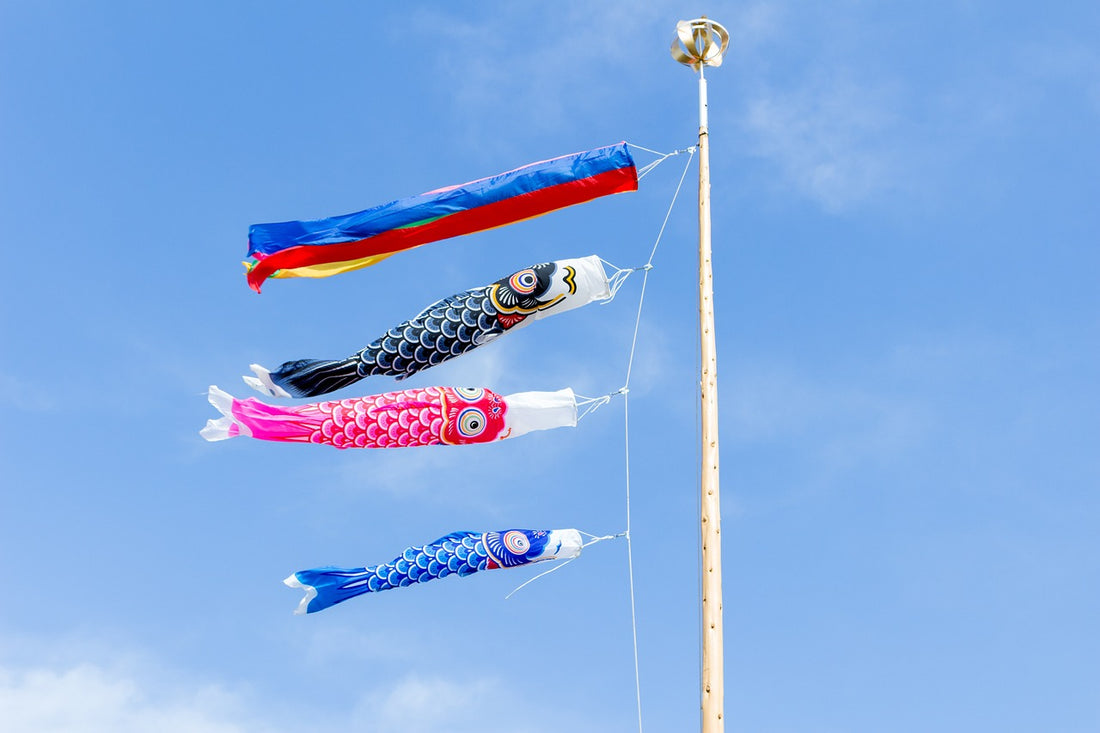What is Children's Day?
Children’s Day (Kodomo no hi; こどもの日) is a Japanese public holiday that takes place annually on May 5th. This holiday marks the end of Golden Week in Japan: a series of holidays that all take place in the span of one week beginning in late April.
Children’s Day is dedicated to celebrating the health and happiness of all children in Japan. On this day, parents and family members pray for continued longevity and fortune for the little ones in their lives. This holiday asks Japanese citizens to recognize and appreciate all the mothers of Japan as well.

What are the Origins of Children's Day?
Prior to 1948, Children’s Day was known as Tango no Sekku, or Boys’ Day, which originated back in the Kamakura period (1185 - 1333 AD) of Japan. This period is sometimes referred to as the "age of the samurai" because this is when the militaristic Kamakura shogunate seized control of Japan, leading to the emergence of the renowned samurai class.
In medieval times, samurai families would display their armor (yoroi; 鎧), helmets (kabuto; 兜), and katana swords (刀) as both a symbol of strength and as a protective ward against evil spirits in the days leading up to Boys’ Day.
In 1948, Boys’ Day was officially declared a national holiday in Japan, but the name and purpose of the occasion were slightly altered. Instead of celebrating only male children, the holiday was repurposed to celebrate all children, and their mothers, in an effort to create a sense of unity and optimism amongst the people of Japan. This was just one of many actions taken by the newly reformed Japanese government to foster stability, social change, and quell residual turmoil in the wake of WWII.
Hinamatsuri (雛祭り), known as Doll’s Day or the Doll Festival, has long been considered the “girls’ day” counterpart of Tango no Sekku. This Japanese holiday is celebrated each year in March.

How is Children's Day Celebrated?
Children’s Day is celebrated like other Golden Week holidays, with many Japanese citizens opting to stroll through public parks, enjoy picnics, or visit kid-friendly outdoor places like zoos and amusement parks. They will also travel to see loved ones during Golden Week, since most Japanese schools and businesses are closed for the week.
One of the most recognizable elements of Children’s Day celebrations is the colorful carp/ koi streamers (koinobori; 鯉のぼり) that are flown in honor of the occasion. Japanese families hang these carp flags above their homes on flagpoles, usually hanging one carp windsock per family member in the household. Typically, the first and largest koinobori is black in color and represents the father, followed by a smaller red koinobori for the mother, and small flags of various colors to represent the children of the family, in descending order of age. These fish windsocks can be traced back to Japan’s Edo period (1603 - 1868 AD).
In the age of samurai, families would only fly carp windsocks for their male children, but this custom was also changed to include daughters when Boys’ Day was renamed to Children’s Day - although not all families follow this tradition, still only flying flags for their sons.
The origins of the koi windsock are linked with an ancient Chinese legend that states that a carp who is strong enough to swim upstream against the Yellow River’s current until it makes the final leap over the waterfall, will be transformed into a great dragon. As a result of this story, carp have become a symbol of courage, perseverance, and determination in Japanese culture. The legend and associated symbol of the carp seeks to inspire Japanese children to aspire to follow the path of the strongest carp to, metaphorically, become the dragon themselves.

Like the aforementioned medieval tradition of displaying real samurai armor in honor of Tango no Sekku, many modern Japanese families will display miniature replicas of these items in their homes, or samurai dolls (gogatsu-ningyo) for Children’s Day. This tradition is often compared to the doll display tradition associated with Hinamatsuri.
Lastly, like most significant Japanese holidays, certain specialty foods are eaten in honor of the occasion. For Kodomo no hi, Japanese people typically enjoy kashiwa mochi (柏餅) and chimaki (粽), depending on the region. Kashiwa mochi consists of sweet rice cake filled with sweet red bean paste and wrapped in a kashiwa (oak; 柏) leaf. The oak tree is viewed as a symbol of the family tree, therefore this sweet snack represents the youngest generation’s well-being and the continuation of the family lineage. Chimaki is a rice ball or dumpling wrapped in bamboo leaves. This snack is said to be an offering to ward off evil spirits while representing longevity and prosperity.

